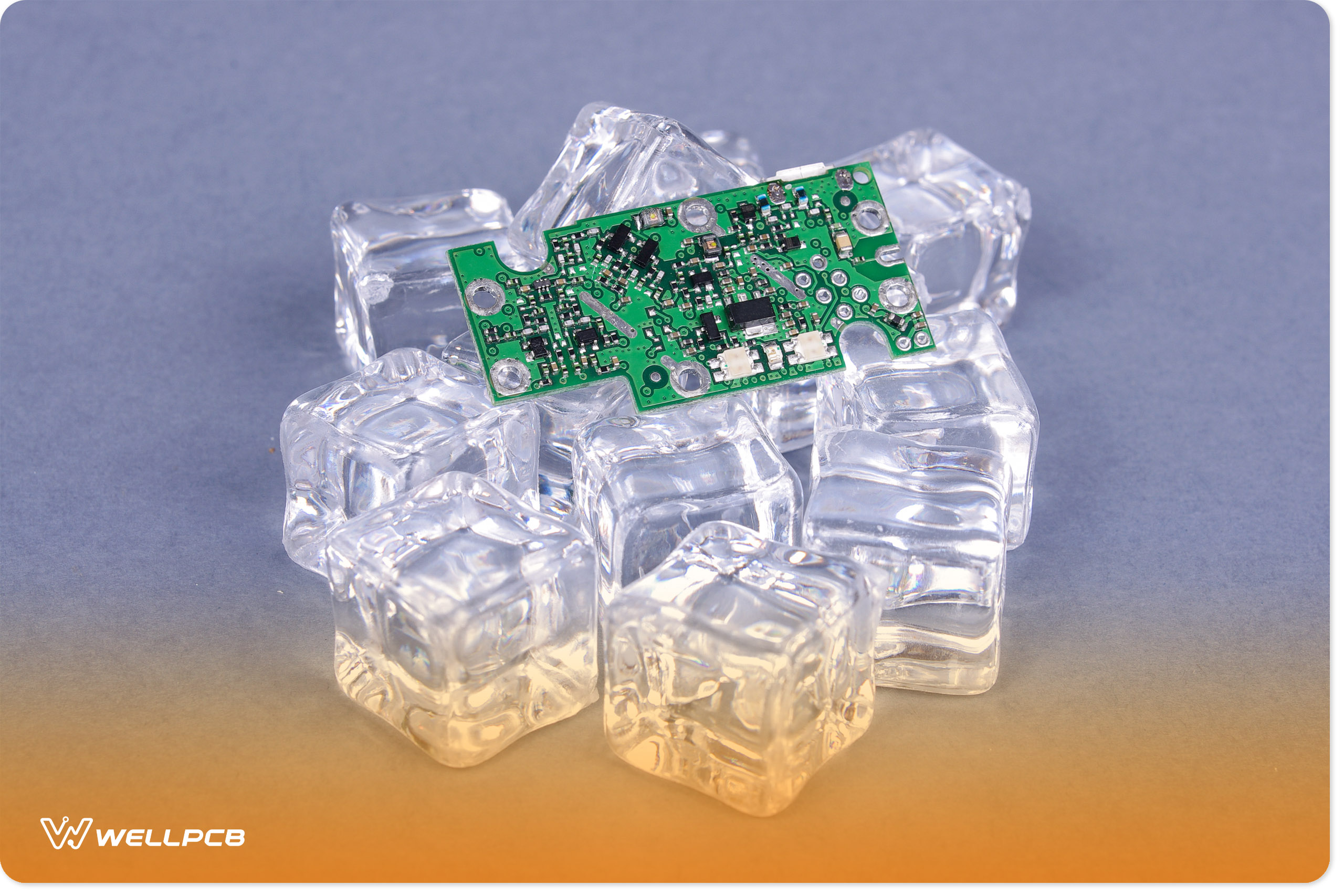Contents
What are Aluminum PCBs?
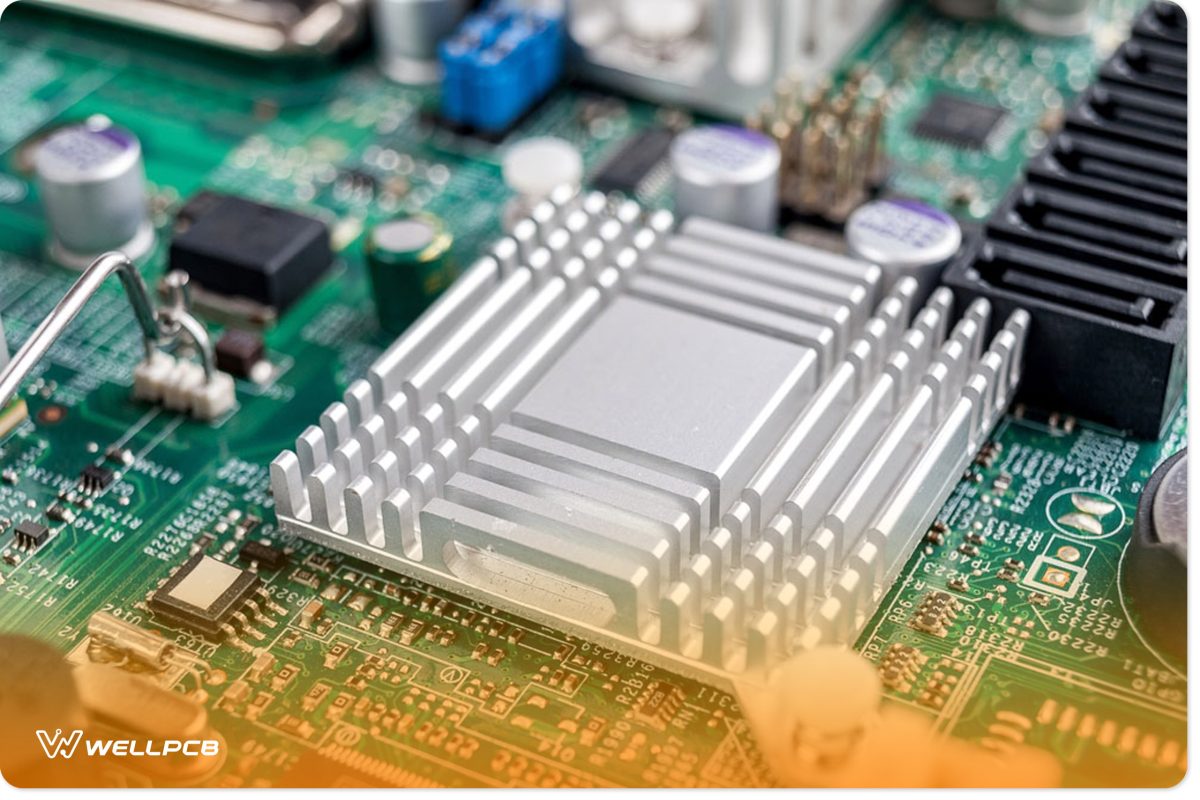
Fig 1: PCB with Components
Aluminum printed circuit boards feature an aluminum plate as the core and standard FR4 laminate (copper-clad laminates).
They are also excellent thermal conductors and electrical insulators thanks to their thermal-clad layer. Also, the aluminum design significantly boosts their performance, especially in applications requiring high power and heat tolerance.
The Three Layers in an Aluminum PCB
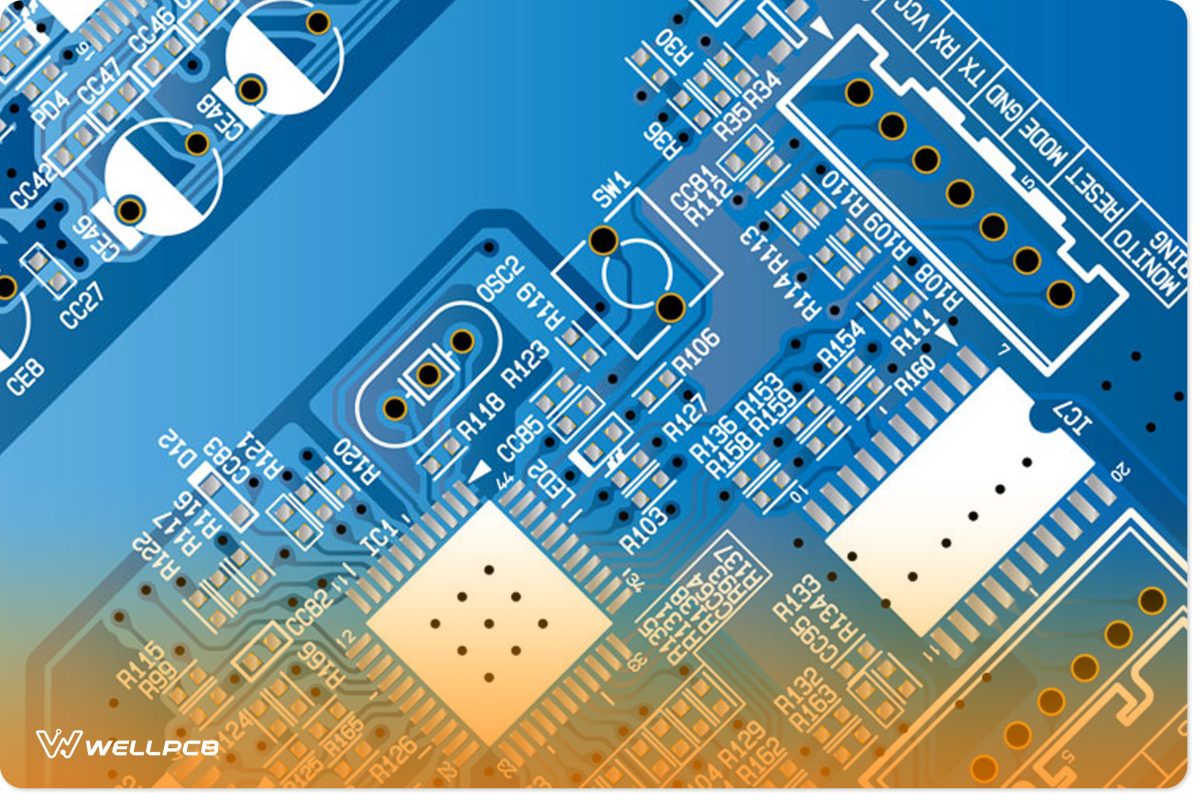
Fig 2: Blue printed circuit board (PCB) with no components
Circuit layer
The circuit layer in aluminum PCBs features a copper foil. The weight of this coil is different across different types of aluminum PCBs.
Thermal Insulation Layer
This layer comprises a ceramic polymer with excellent viscoelastic features and thermal resistance. It is also the most significant layer in aluminum boards and shields them from physical and thermal stress. In addition, the PCB attributes its thermal efficiency to this layer.
Base Layer
It features an aluminum alloy substrate. The aluminum base layer is significant in making the PCB exemplary for through-hole technology applications.
How is an Aluminum PCB Manufactured?
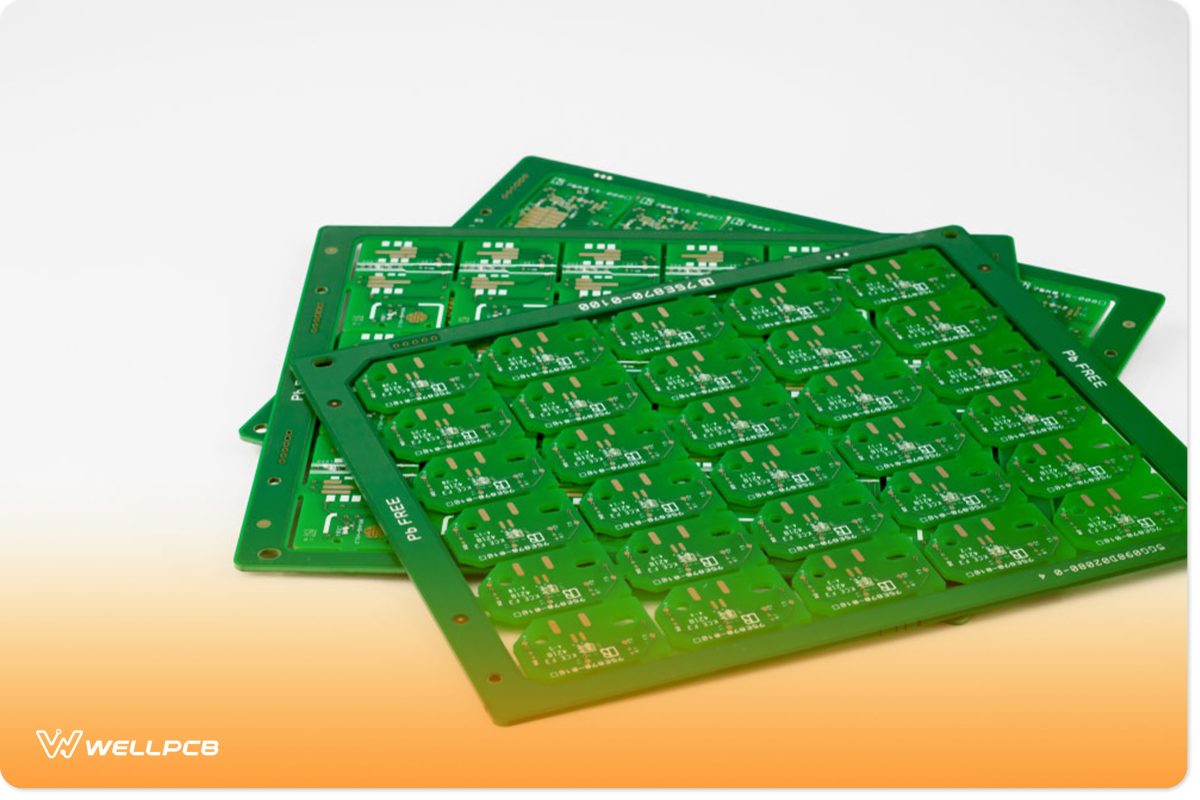
Fig 3: Multiplied Circuit Boards on a white background
Aluminum PCB manufacturers add a dielectric layer between the base and circuit layers. Next, the manufacturer etches the copper foil to give the desired PCB pattern. Notably, the type of dielectric material layer directly affects the PCB’s thermal performance.
Types of Aluminum PCBs
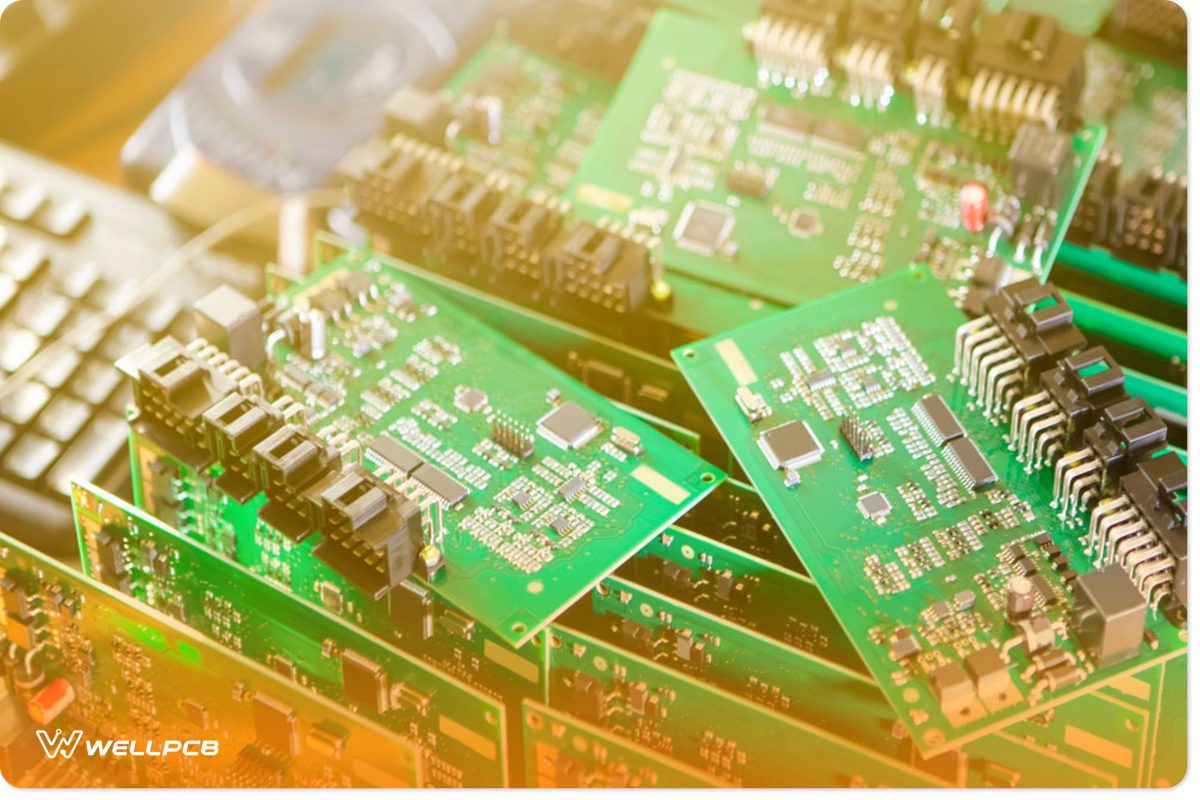
Fig 4: A heap of Many PCBs
There are four main kinds of Aluminum core PCBs, each suited to a different function. They include:
- Through-hole Aluminum PCBs
These high-quality aluminum PCBs have predrilled aluminum, as their name suggests. Later, the manufacturer fills back the layer of dielectric into the hole.
- Flexible Aluminum PCBs
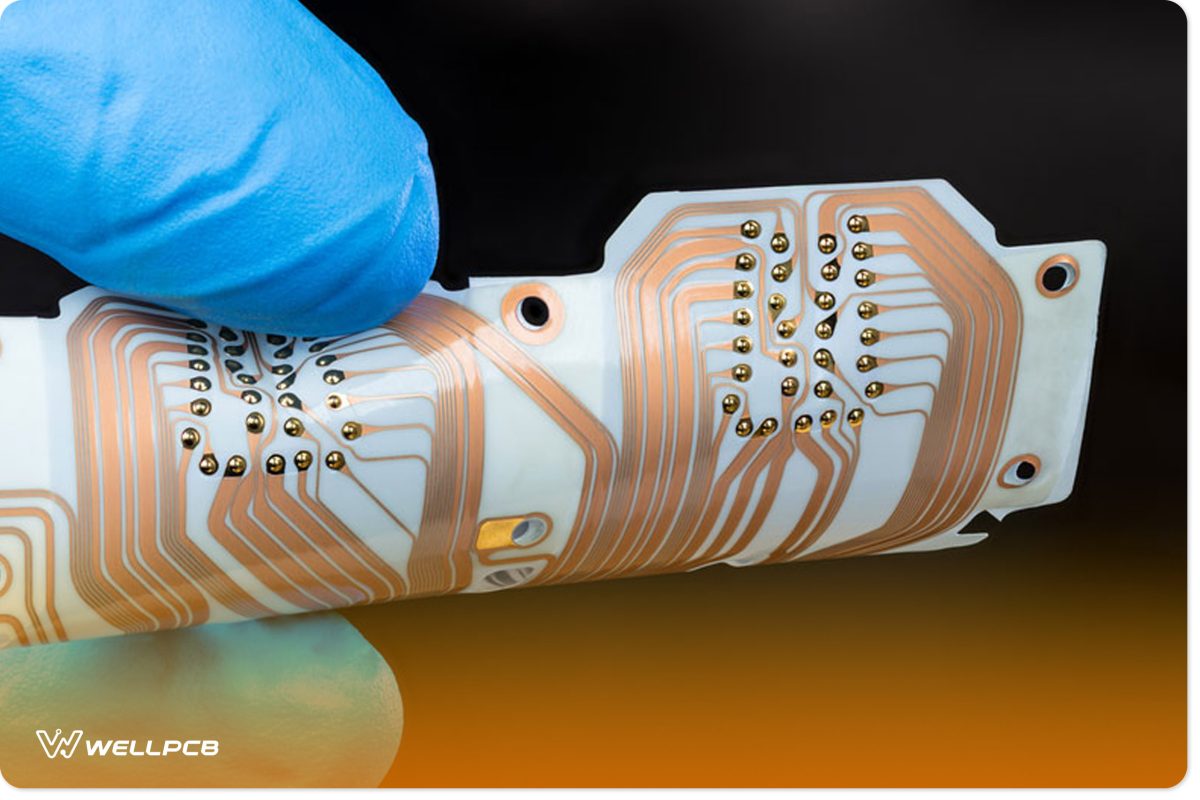
Fig 5: A Flex printed circuit board with a copper layer.
They have flexible dielectrics. It ensures that the PCBs have flexibility in electrical insulation and thermal conductivity.
Furthermore, Aluminum flex PCB is easy to mold to different sizes and shapes. It eliminates the need for using connectors and fixtures, which can be significantly expensive.
- Hybrid Aluminum PCBs
This kind of aluminum-backed PCB is essential in RF applications. Also, hybrid Aluminium PCBs have better thermal performance than standard FR4 products.
4. Multilayer Aluminum PCBs
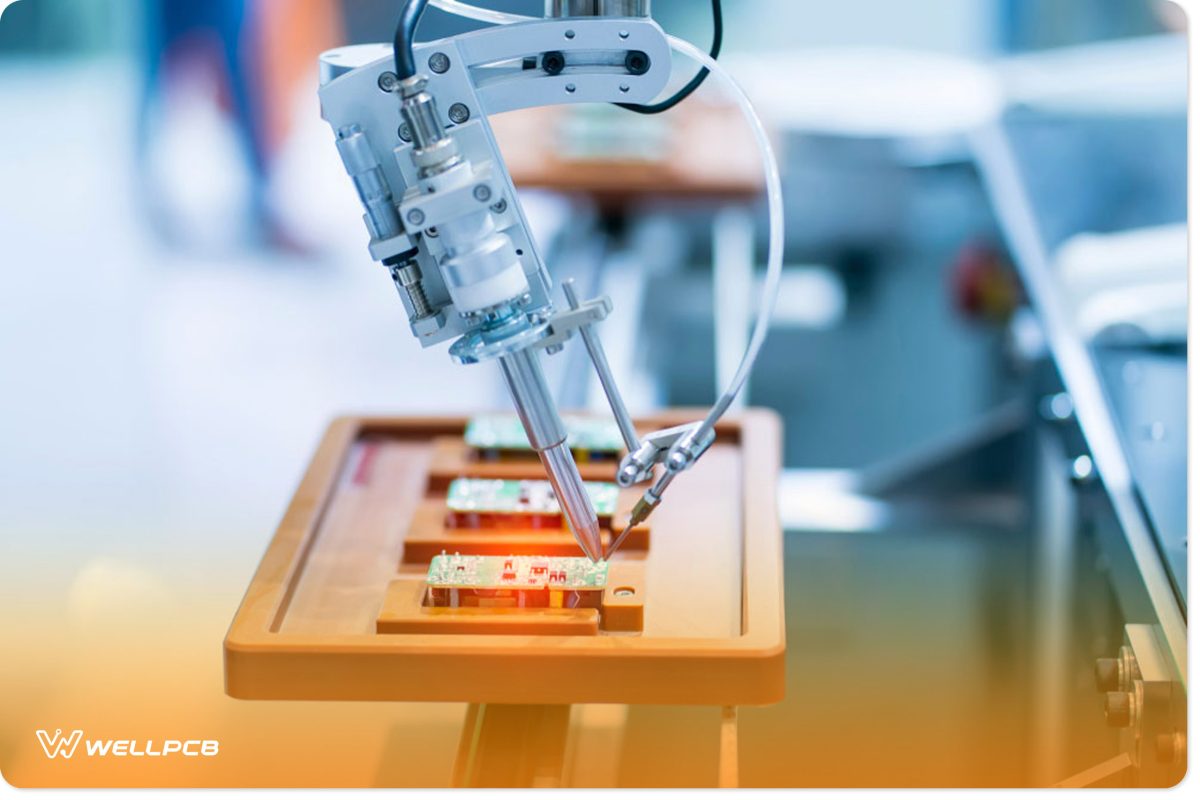
Fig 6: Soldering Multilayer Board
Multilayer Aluminum boards are common high-performance power supply market applications. Primarily, they feature numerous layers of thermally conductive dielectrics and have signal and thermal vias embedded in the dielectrics.
They are relatively more expensive in heat dissipation than other types, especially when operating as single-layer designs.
Advantages of Aluminum PCBs
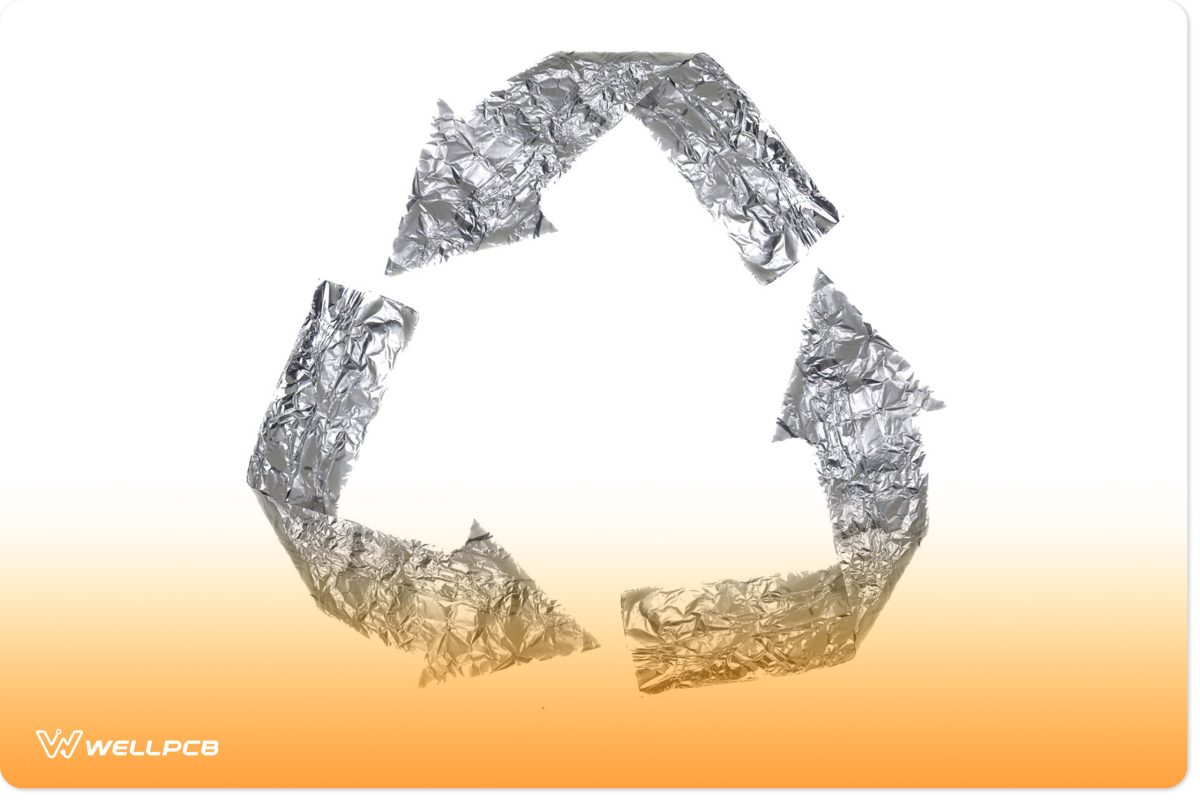
Fig 7: Aluminum PCB is recyclable.
The top upsides of aluminum substrate PCBs include
- Aluminum is a lightweight material. Hence, aluminum circuit boards are flexible, resilient, and strong compared to other metal substrates.
- Secondly, they are effective in heat dissipation. Thus, they ensure that the vital components of electronic equipment on the circuit board are safe from high temperatures.
- Universal Aluminum PCB is also more durable and sturdy than ceramic bases. The aluminum metal base material ensures that the PCBs don’t break easily during handling and transporting.
- Further, the production process of aluminum PCB is also straightforward. Therefore, they require little energy to make. Besides, aluminum is non-toxic, thus posing no environmental hazard during manufacturing.
- Lastly, It’s also recyclable, thus making it essential for use in many electronic devices.
Applications of Aluminum Material PCBs
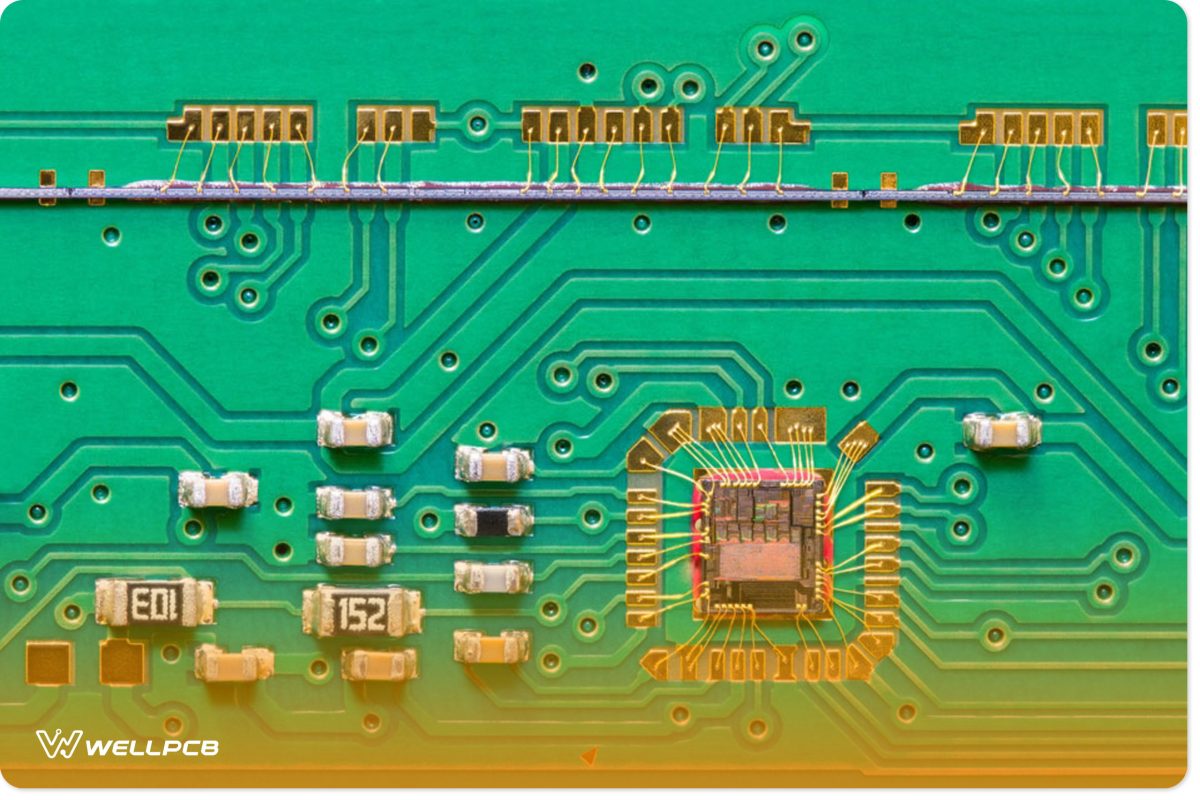
Fig 8: A PCB with a few components
They are primarily valuable for LED applications and power converters. Other uses include computer electronics, Power supply controllers, office automation equipment, and power supplies. In addition, you find them in communication and audio equipment such as input/output amplifiers, audio amplifiers, and Power amplifiers.
Design guidelines for Aluminum core circuits
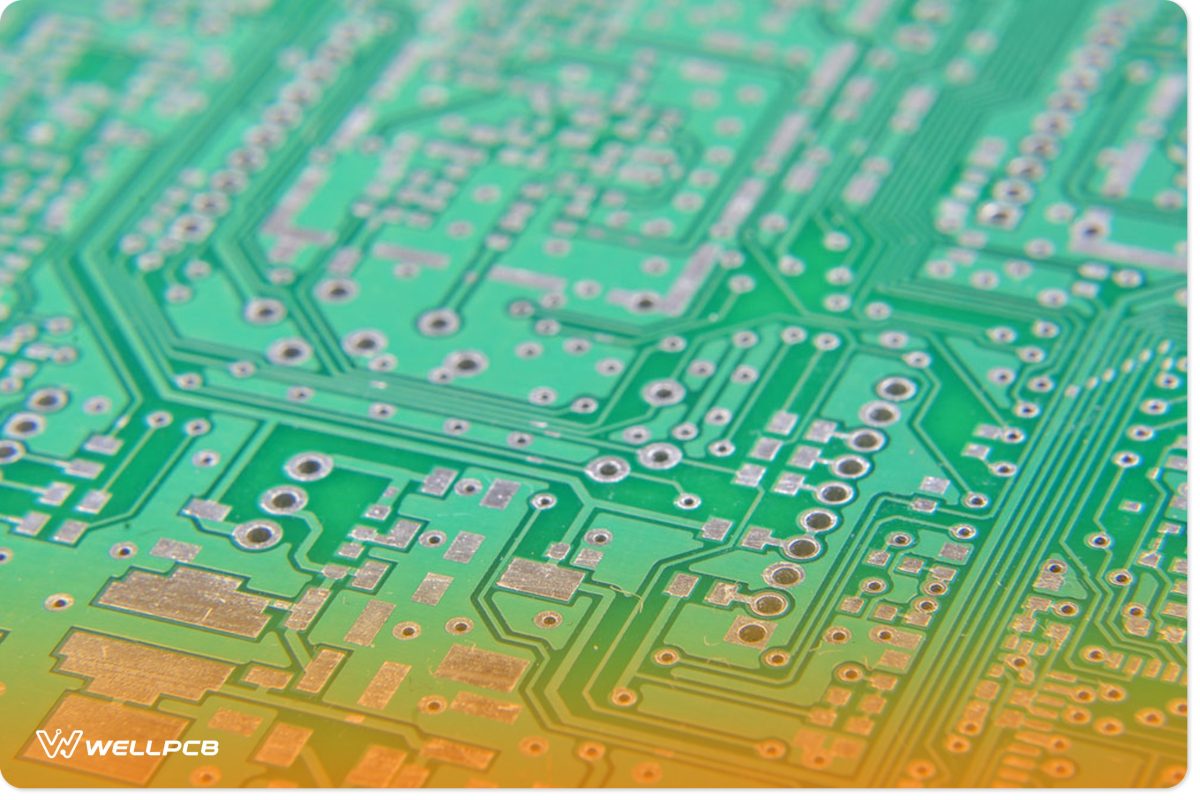
Fig 9: A close view of PCB spacing.
As earlier mentioned, power components require Aluminium-core circuits to dissipate the heat they produce. Hence, the pure power part in this circuit should be in a different section from the control part.
You’ll achieve this by ensuring you meet the minimum distance for drill holes requirement for the PCB kind.
To insulate it, you must thoroughly plate the aluminum core for double-sided aluminum-core circuits. With prepregs, you can achieve this by using excess resin during the aluminum core press-molding step. Also, ensure that your aluminum core is predrilled to enable the plating.
Also, note that the aluminum core’s smallest drilling diameter is approximately 1.0mm. In addition, the final diameter you can have on the PCB is 0.3mm. Therefore, to prevent the drills from being damaged during the close-set drill holes exercise, separate them by a 1.2mm distance.
This way, you won’t have a densely-packed control unit appearance on the PCB.
Conclusion
As explained in this article, ALU PCB is an upgrade on the ceramic substrate PCB. As we’ve highlighted, it has many key upsides over other PCBs. For more, reach out to us on any day.



